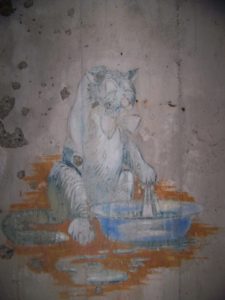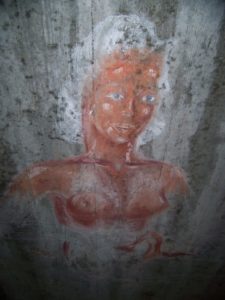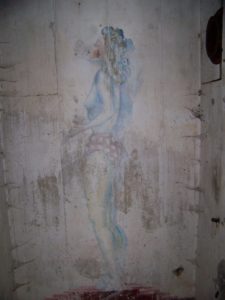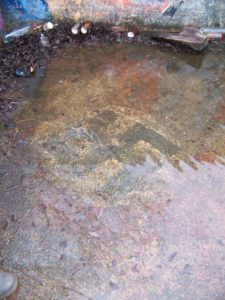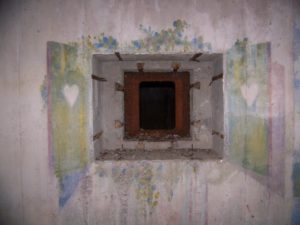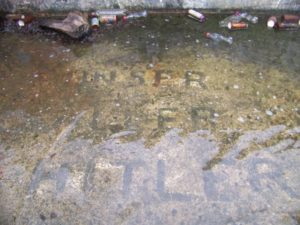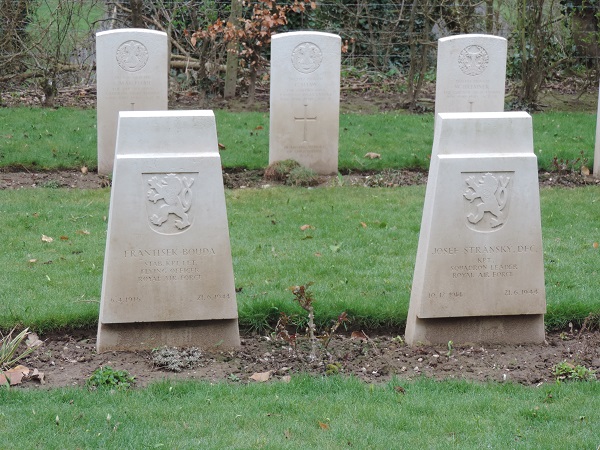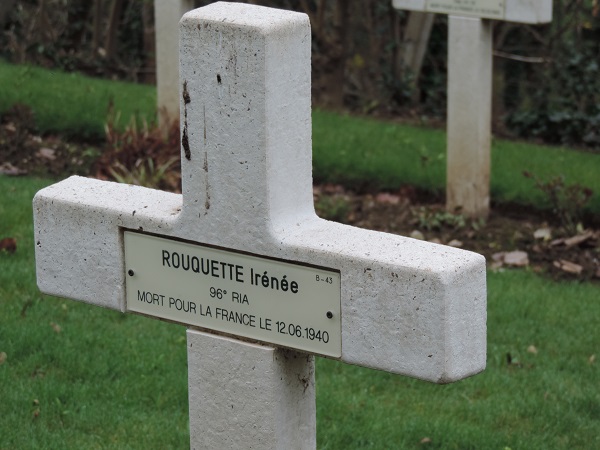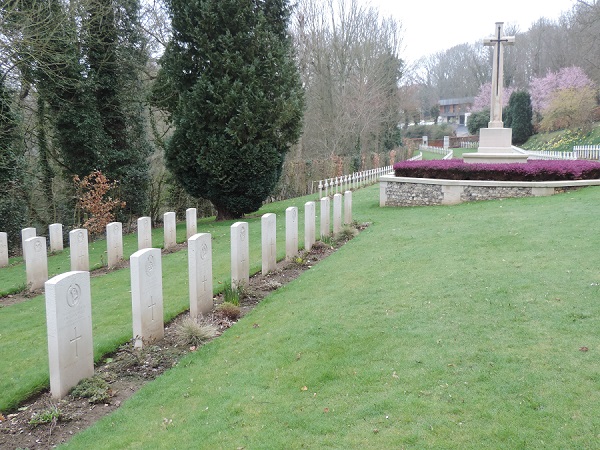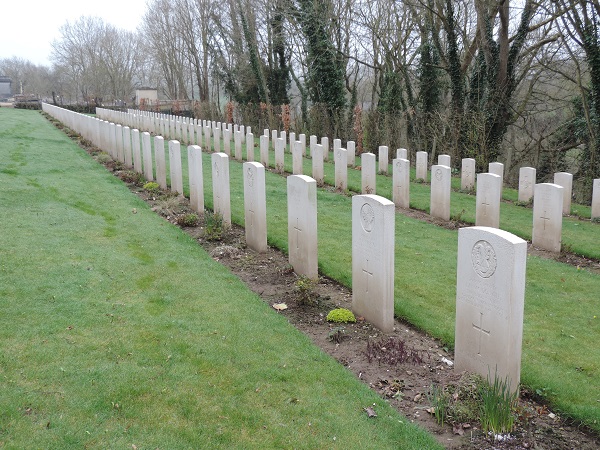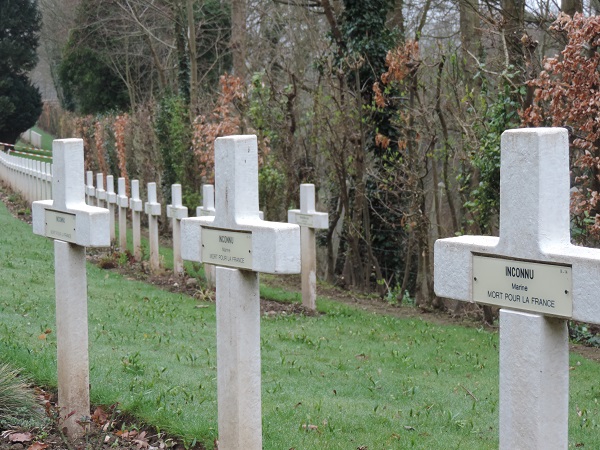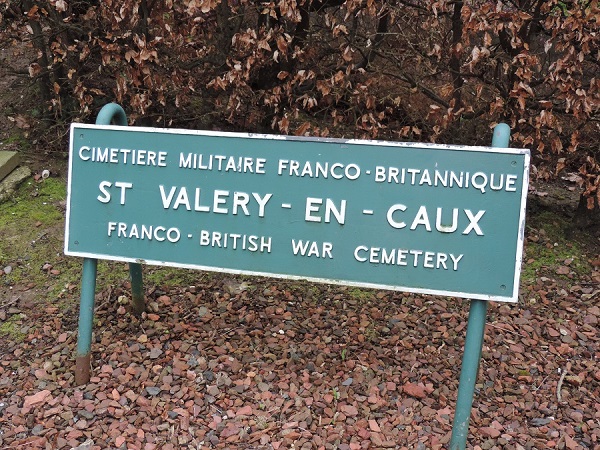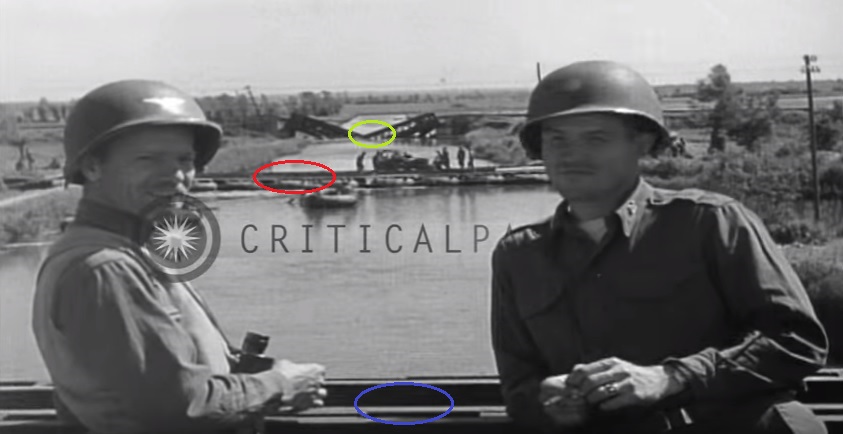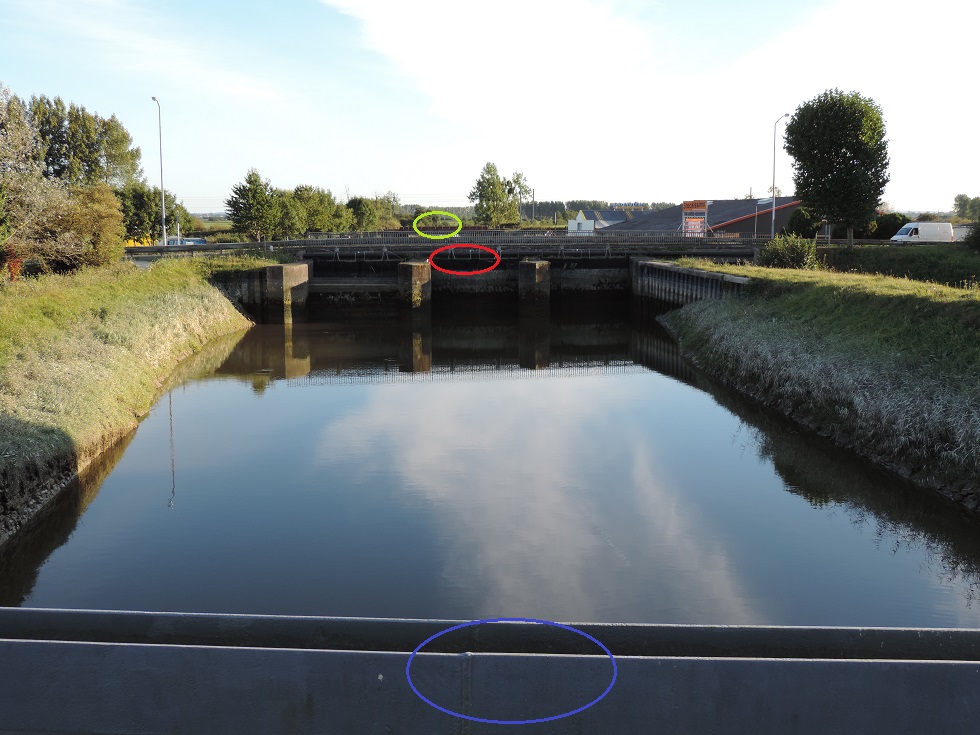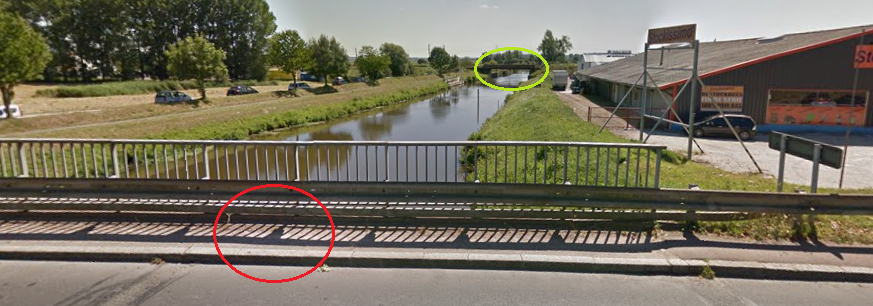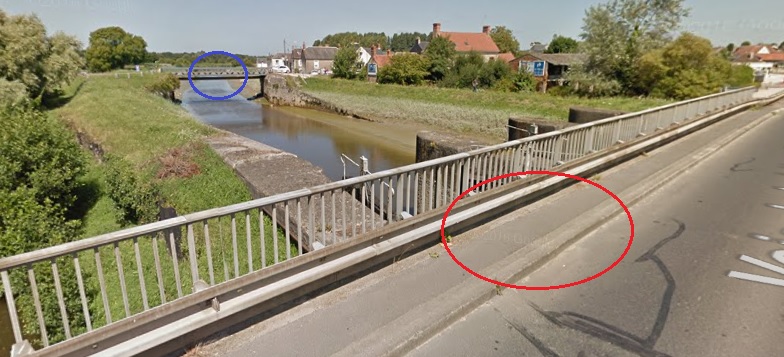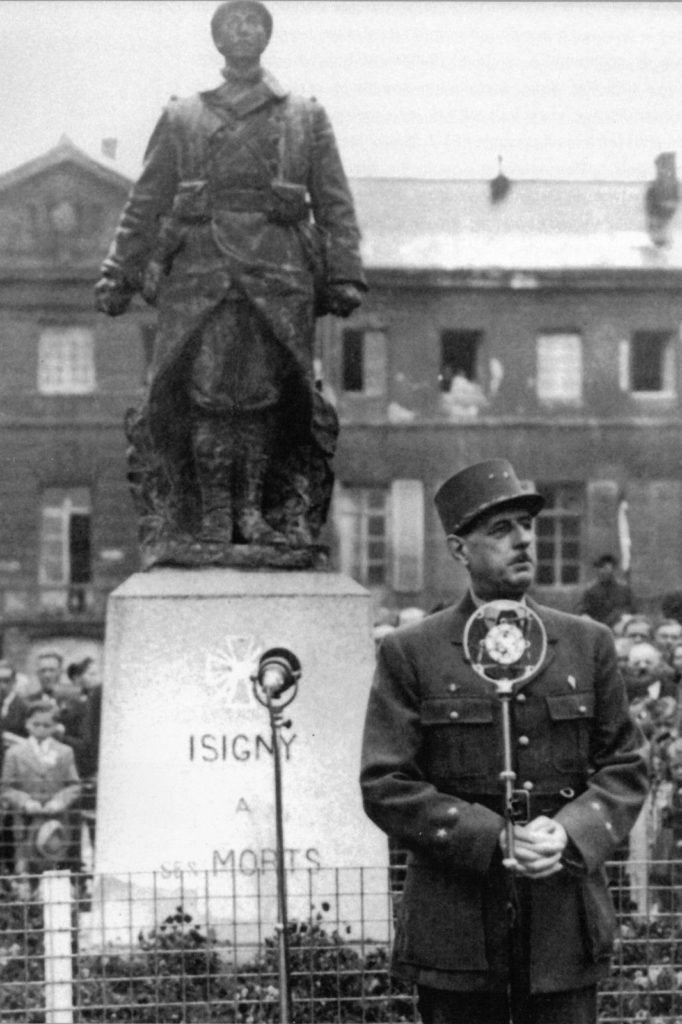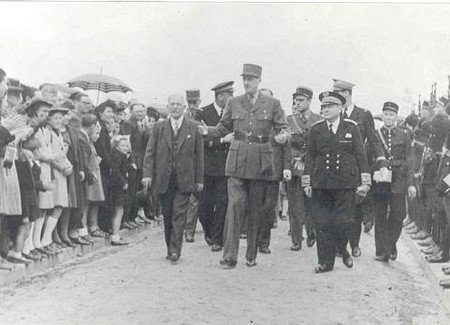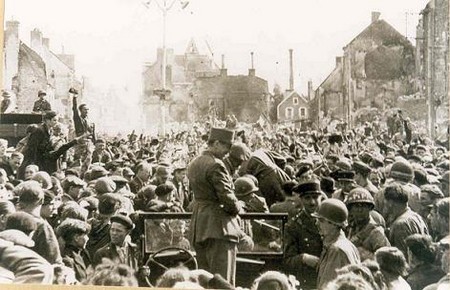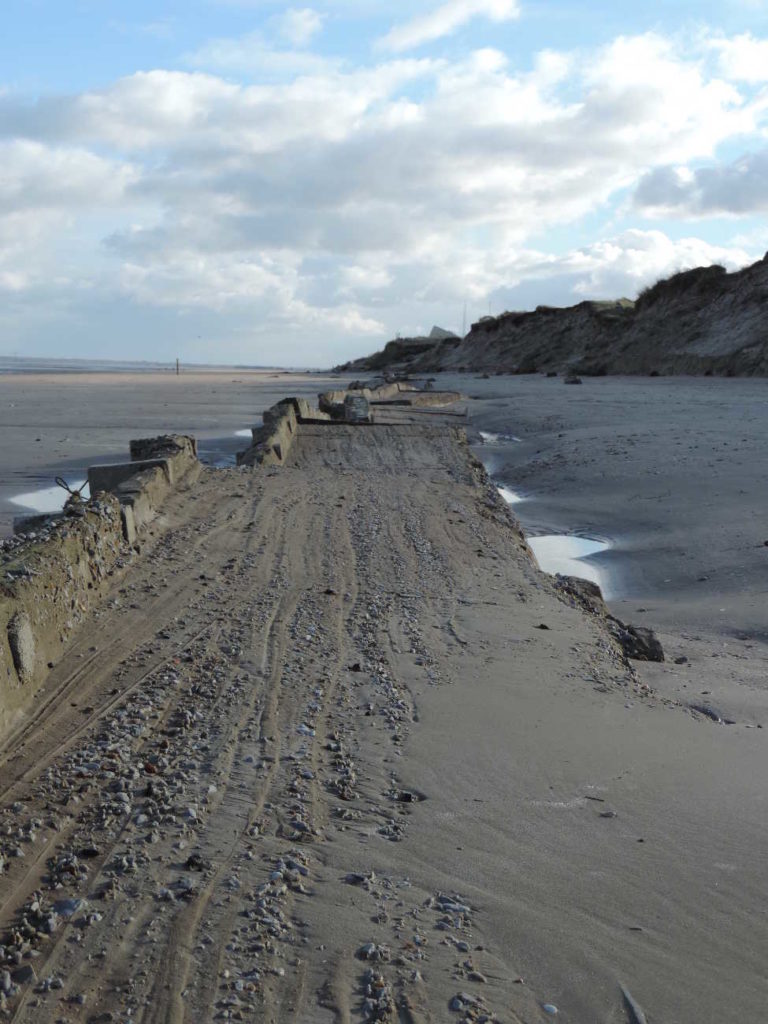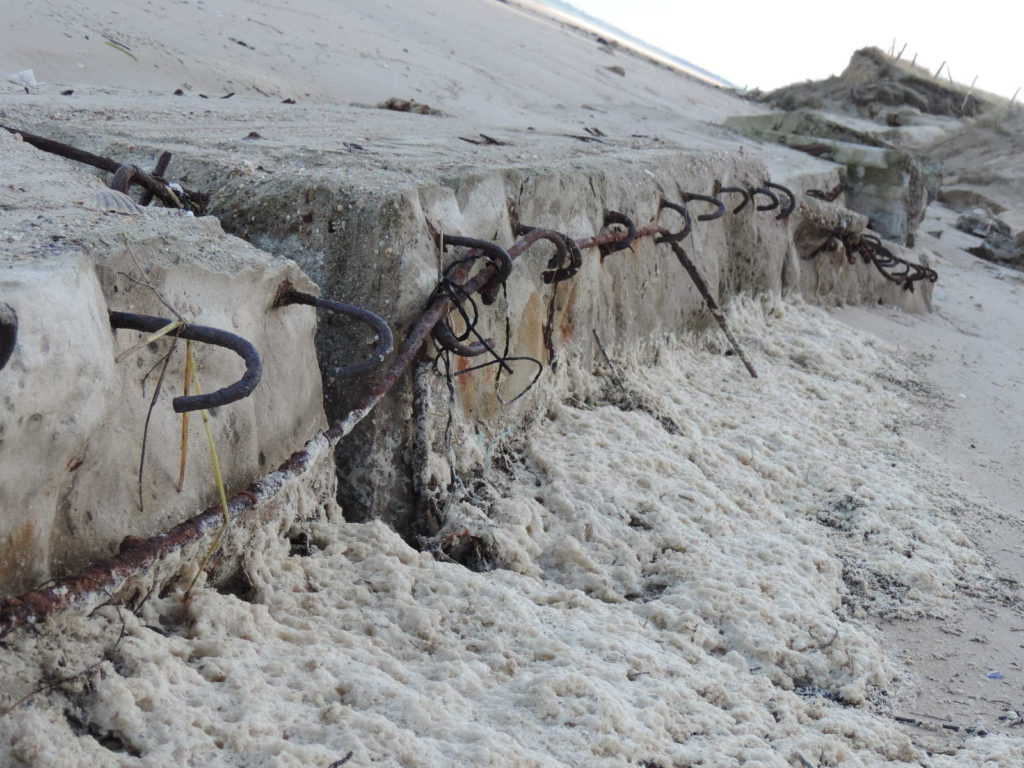by Bertrand Froger | 22 May 2017 | Collections, Places, To be visited, WW2 News
European night of the Museums
Annual and unconditional event for all those animated by cultural passion, the Night of Museums is an event not to be missed. Indeed, one evening in the year and all over the continent, the sites that wish to open their doors free, at reduced rates, while proposing many animations. The opportunity to visit a museum, a battery of artillery or any other memorial in a particular context and arousing an additional interest for the discovery of a place but in an environment changing from that habitual.
Visit of the Airborne Museum
On the occasion of the European Night of Museums, the Airborne Museum of Sainte-Mère-Eglise opened its doors until 11 pm last night. A varied program was proposed to visitors: a complete night tour of the site including the new temporary exhibition dedicated to Bastogne, embarkation and guided tour of the C-47 Argonia, plays offered by schoolchildren on the Normandy landing. It was the opportunity to enjoy the beauty of a site constantly evolving in a different atmosphere.
by Bertrand Froger | 5 Apr 2017 | Discoveries, Places, To be visited
A fortified battery at the East of Cherbourg
It is in the North Cotentin a battery delivered to its own fate. Indeed, the Osteck point of defense, located in Carneville (Manche – 50), an important complex of dozens of concrete buildings of all types, commanded in 1944 by Major Kuppers, was the stronghold of the defense of Cherbourg. From now on, the site, invaded by the vegetation and sadly dilapidated, is far from attracting crowds of tourists. Yet, more than 70 years ago, hundreds of occupants left a memory of their passage.
The wall frescoes of Osteck
The years have passed and the more we advance in time and these memories of time will disappear. Inside the blockhouses, but also under your feet, on concrete slabs covered with moss, it is possible to discover all these paintings made by the German soldiers who occupied the premises during the Second World War. There are memories of the country, moments of joy and relaxation, but also symbols like the woman and her beauty or drawings reminiscent of the regime in place. It is a question of killing time for these soldiers, who remain men first and foremost, not all artists, but all awaiting a landing that is becoming more and more certain. The site will also fall into the hands of the Allies on June 26th, 1944.
by Bertrand Froger | 15 Mar 2017 | Places, To be visited
A military cemetery in a peaceful valley
Located between the towns of Fécamp and Dieppe (76), the village of Saint Valéry en Caux shelters on its lands a magnificent little military cemetery attached to the civil cemetery of the commune. However, there are 218 young French sailors and soldiers, 206 young British soldiers and 28 British, Polish, New Zealand and even a South African pilots, resting on the slope of a peaceful and verdant hillside. Built and maintained by the Commonwealth War Graves Commission, this cemetery does not attract crowds but heroes are buried there.
1940’s Heroes in Normandy
Unlike big military cemeteries of the Calvados coasts (14), most of the men who rest at the Franco-British cemetery in Saint Valéry en Caux did not fall during the Battle of Normandy. Indeed, although there is a tendency to believe that the campaign of 1940 was soon completed in eastern and northern France, it is worth recalling that on various pockets, in particular along the seas, the fighting continued to rally Great Britain and not fall into the hands of the enemy. These young men did not die as heroes in 44, but 4 years before. Let us not forget them.
TEST IMAGE FANCY BOX
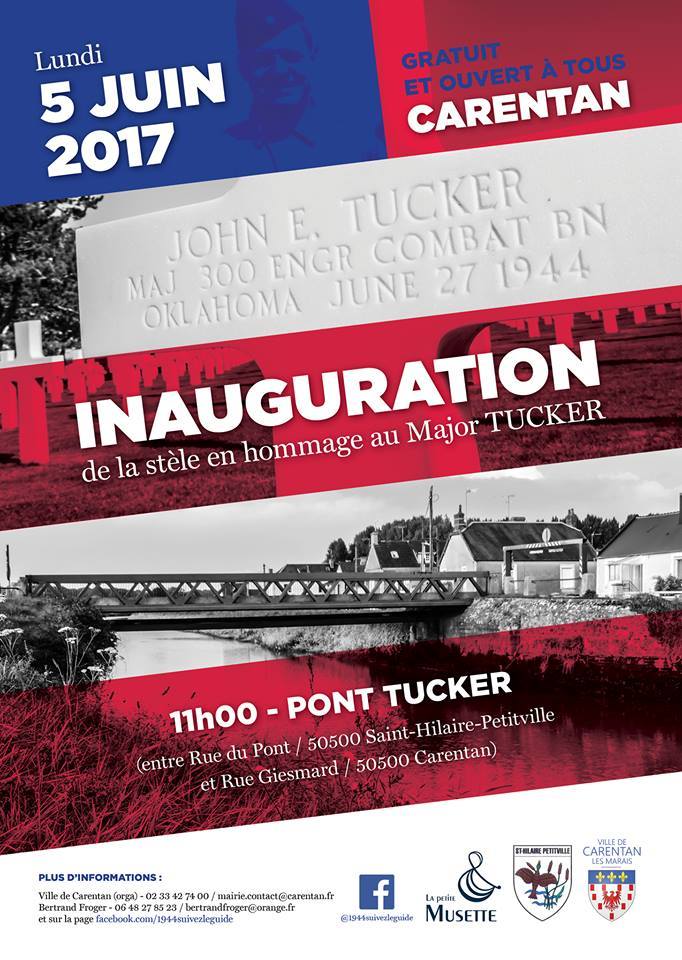
by Bertrand Froger | 3 Mar 2017 | Historical events, Places, To be visited
CARENTAN, 1944
Objective : Cross the Taute River
Although a first Bailey bridge is installed by the soldiers of the 300th Combat Engineer Battalion, still visible today along the harbour channel near the lock, the crossing of the Taute River by the US Army has to allow a free and fluid traffic of the allied traffic from the first weeks of invasion. However, all the infrastructures allow to cross it were destroyed during hard battles for the Liberation of the city of Carentan (50) (101st airborne division), junction point of Utah Beach with the other allied landing beaches.
Understand the junction between Carentan and Saint-Hilaire-Petitville
So, new installations are built in various points between the municipalities of Saint-Hilaire-Petitville and Carentan (50). In blue, the bridge which will go into History as “Tucker Bridge”, further to the death of commander of the 300th, who will be temporarily a double Bailey bridge until the original stony bridge is done up. In red, to improve the road flow and by-pass the bridge Tucker, a pontoon bridge is fitted out and so, vehicles progress on inflatable boats. This bridge is strengthened today, it lines the store called ” Stockissimo ” and is endowed with a door with stream since the 50s. In green, the railroad is also broken, the men of Tucker then have to rebuild a work together with the men of the 729th Railway Operating Battalion to allow the trains to cross the river again.
by Bertrand Froger | 24 Jan 2017 | People, Places
General de Gaulle, returning to French soil
After several years of exile in Great Britain from where he piloted the position and commitments of Free France, General de Gaulle set foot on the ground of France by disembarking from La Combattante on June 14th, 1944, 8 days after the beginning of landing operations in Normandy. He left Courseulles-sur-Mer directly to give a first speech at Bayeux. The French thus discovered its imposing silhouette for the very first time. Then he left Bayeux to visit Isigny-sur-Mer, a city with which he wove a deep bond of friendship and pronounced to the affected population:
I am very happy to see the dear and bruised population of our town of Isigny gathered here, I know what suffered Isigny.
It is the sufferings that each parcel of France will have to pass before reaching liberation. But I know, like you, that this test will not be useless. It is because of this ordeal that we will make the unity and the greatness of France. I want you, with me, to have a feeling of hope in your heart, and to sing the Marseillaise
De Gaulle and Isigny-sur-Mer : an ultimate relationship
A few weeks after this first speech and this first visit in a territory marked by the chaos of the war, Charles de Gaulle returns. He was then mourned by so many destructions and the loss of so many of his fellow citizens. He expressed the need to return to these places, close to the civilians and their lavishness. Later, upset by an ever more overwhelming reception, the General De Gaulle wrote in his memories:
Isigny cruelly destroyed, and from which corpses are still drawn from underneath the ruins, does me the honors of its ruins.
In front of the war memorial, which the bombs have mutilated, I address the inhabitants. With one heart we elevate our faith and our hope above the smoking debris.
General De Gaulle passed away however his voice and his person still reason in the streets of the town of Isigny-sur-Mer.
by Bertrand Froger | 24 Jan 2017 | Discoveries, Places, To be visited
A concrete anti-tank wall knocked down on the beach
Following the last strong winds that struck Normandy, the overturned portion of the anti-tank wall located at Utah Beach between the Landing Museum and the red-roofed chalet is once again appreciable in its entirety. Indeed, this element being covered with sand most of the days of the year, it is difficult to attend this show regularly and it’s also more rare for tourists who come only for some days a year. This is an excellent excuse to go for a walk in the next few days.
A part of the greatest Atlantic Wall
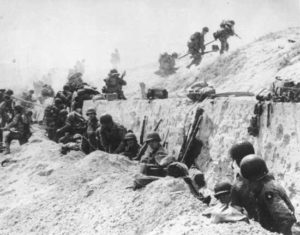 It was installed by German soldiers, civilians and members of the Todt Organization, a civil and military engineering group engaged in the construction of the buildings on the Atlantic Wall. This Atlantic wall was used to push a possible allied landing into the sea and this 1,50-meter high wall was an additional element of defense. Between the different support points (WN and Stp) of the site including blockhouses or even networks of mines and barbed wire, it aims to prevent the crossing of the dune by tanks or vehicles. Thus, a new task will be added to the men of the allied engineering corps during the Overlord mission, that of breaking down these concrete walls and allowing the crossing of the dunes.
It was installed by German soldiers, civilians and members of the Todt Organization, a civil and military engineering group engaged in the construction of the buildings on the Atlantic Wall. This Atlantic wall was used to push a possible allied landing into the sea and this 1,50-meter high wall was an additional element of defense. Between the different support points (WN and Stp) of the site including blockhouses or even networks of mines and barbed wire, it aims to prevent the crossing of the dune by tanks or vehicles. Thus, a new task will be added to the men of the allied engineering corps during the Overlord mission, that of breaking down these concrete walls and allowing the crossing of the dunes.



